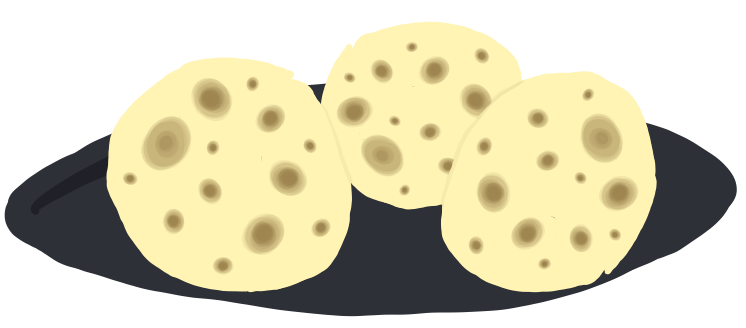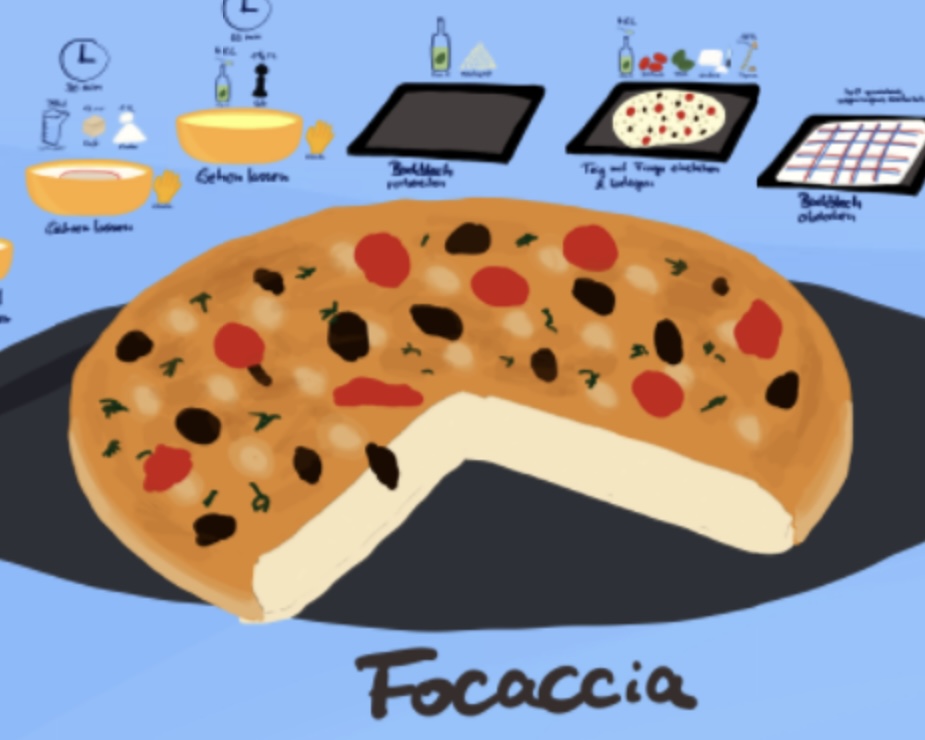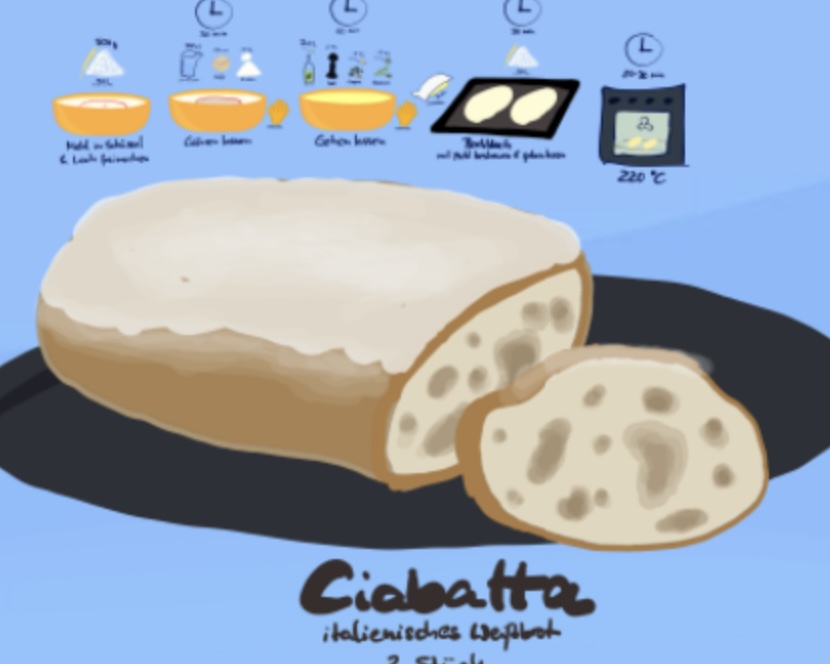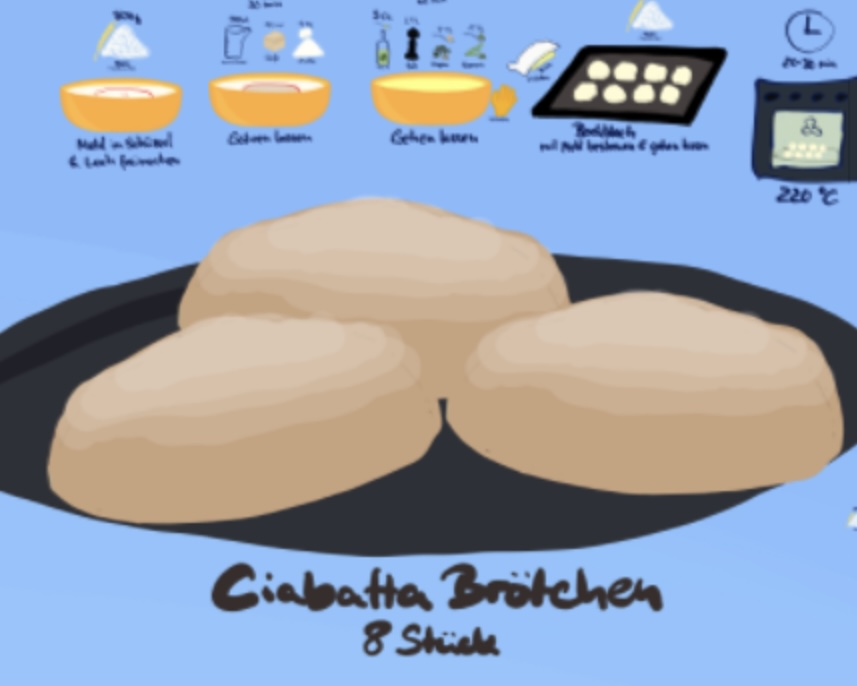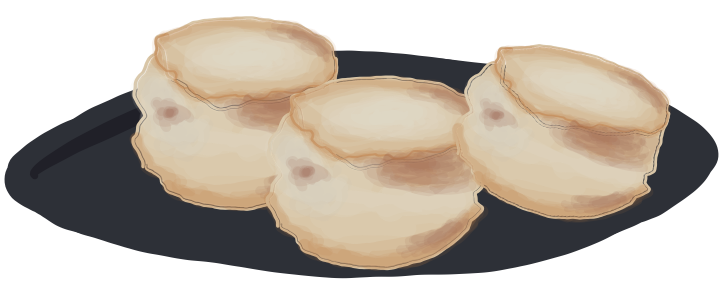Fluffy English Muffins Recipe
Toasty and soft, ideal for breakfast sandwiches or eggs Benedict.Instructions: Tap the Map & Cook Along 👇
English Muffins: The Unsung Heroes of the Breakfast Table
In the world of breakfast and brunch, where pancakes and waffles often steal the spotlight, English muffins quietly shine as unsung heroes. With their unique nooks and crannies, these modest rounds of bread are a testament to the joys of simple, yet sophisticated baking. English muffins may not be as flashy as some of their breakfast counterparts, but their versatility and delightful texture make them indispensable in any baker's repertoire. Let’s delve into the art and charm of baking English muffins and discover why these little rounds deserve a standing ovation at your breakfast table.
A Brief History of English Muffins
Despite their name, English muffins are not quite the "muffins" many imagine. They originated in the Victorian era when the English baker Samuel Thomas popularized them in the United States. Unlike the sweet, cake-like American muffins, English muffins are yeast-leavened bread traditionally cooked on a griddle. This method gives them their characteristic flat sides and slightly crisp exterior, a perfect canvas for toasting.
The Magic Is in the Method
The magic of English muffins lies in their making. The dough, softer and wetter than that of typical bread, is what leads to the creation of those coveted nooks and crannies. Instead of being baked in an oven, the dough is portioned and cooked on a griddle or cast-iron skillet. This cooking method allows the muffins to rise and expand outward rather than upward, creating their signature flat shape. As they cook, the golden crust forms on the outside, while the inside stays soft and chewy, ready to trap melting butter or to soak up runny egg yolks.
Not Just for Breakfast
While they are a staple for breakfast, English muffins' utility extends far beyond the morning hours. Their firm texture and mild flavor make them an excellent base for a variety of toppings and spreads. From classic combinations like butter and jam to more elaborate sandwich creations, English muffins are adaptable and reliable. They are perfect for Eggs Benedict, a classic dish where their ability to sop up sauces and provide a firm base really shines. Additionally, their sturdy nature makes them ideal for mini-pizzas or a quick, savory snack topped with cheese and grilled until bubbly.
Baking Your Own
Making English muffins at home is a rewarding endeavor that allows for customization in size, flavor, and texture. The key ingredients include flour, yeast, milk, and a bit of sugar and salt. Some recipes might incorporate baking soda for extra lift. Once the dough is mixed, it requires a gentle knead and a period of proofing. The real fun begins during the cooking process, as you shape and cook each muffin on the griddle, watching them turn from soft dough to crisp, golden delights.
Why Bake English Muffins?
Baking English muffins offers a sense of accomplishment that store-bought varieties can't match. The aroma of freshly cooked bread, the first bite into a muffin you've made yourself, and the ability to tweak the recipe to your liking—these are the joys of baking from scratch. Furthermore, homemade English muffins lack the preservatives and additives found in commercial versions, making them a healthier choice.
Conclusion
English muffins may be unassuming, but they are a testament to the beauty of traditional baking and the pleasures of a good, simple meal. Whether you're a novice baker or a seasoned pro, adding English muffins to your baking list promises a rewarding experience and delicious results. So next time you're planning a breakfast or brunch, remember the English muffin—not just as a side item, but as a star worthy of the main event.

